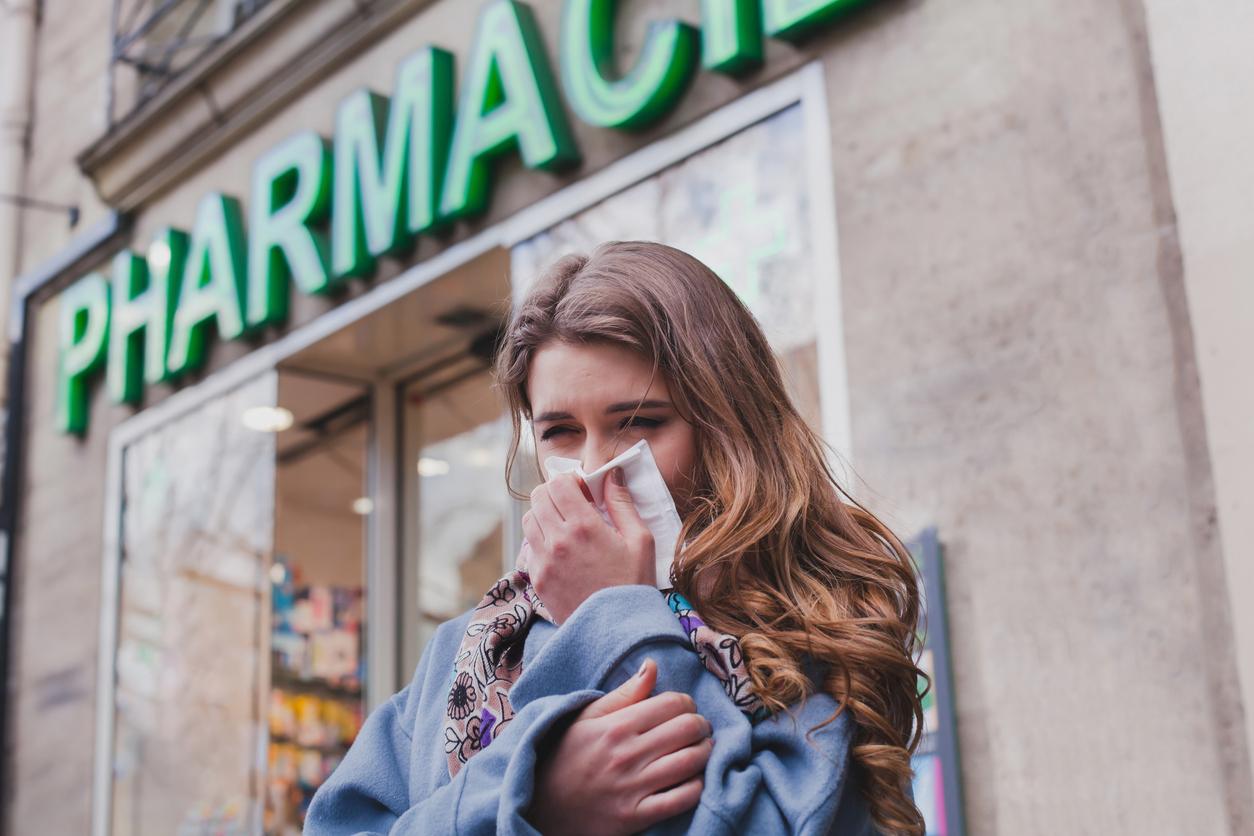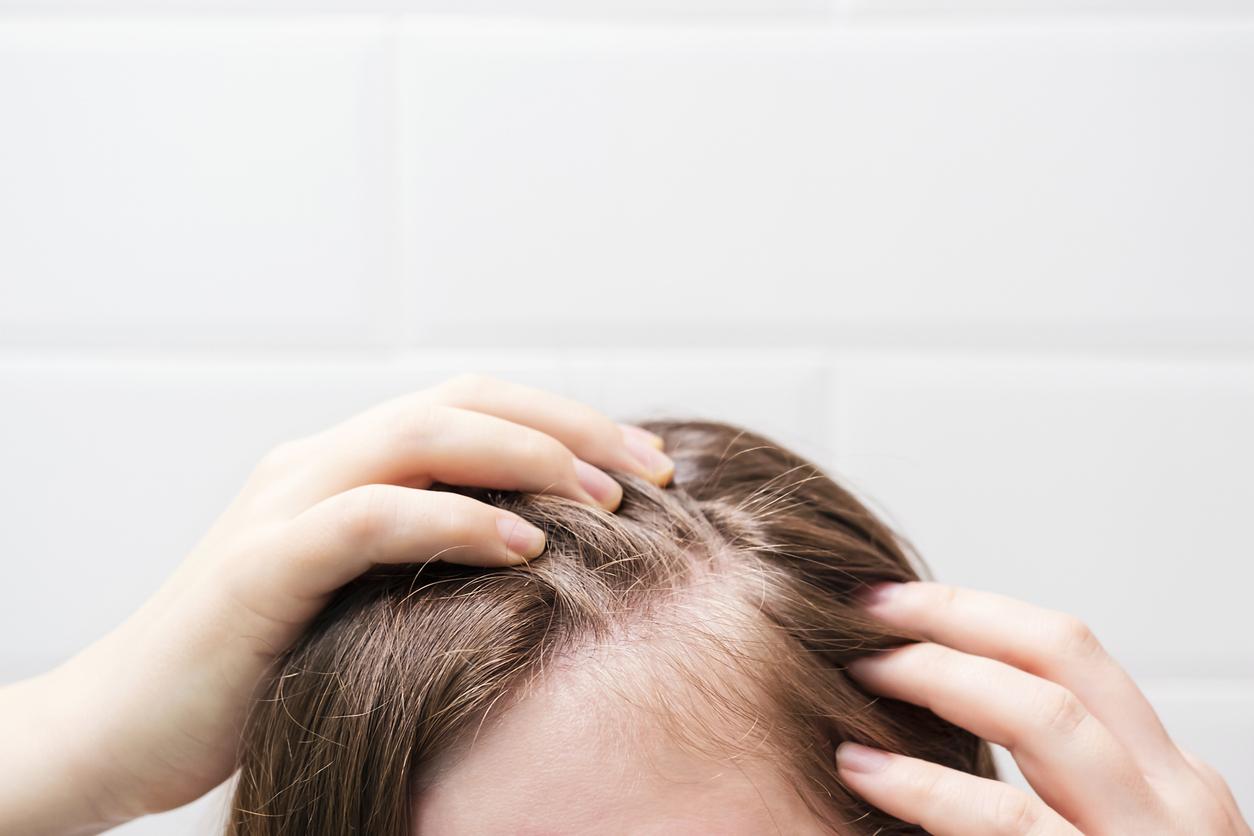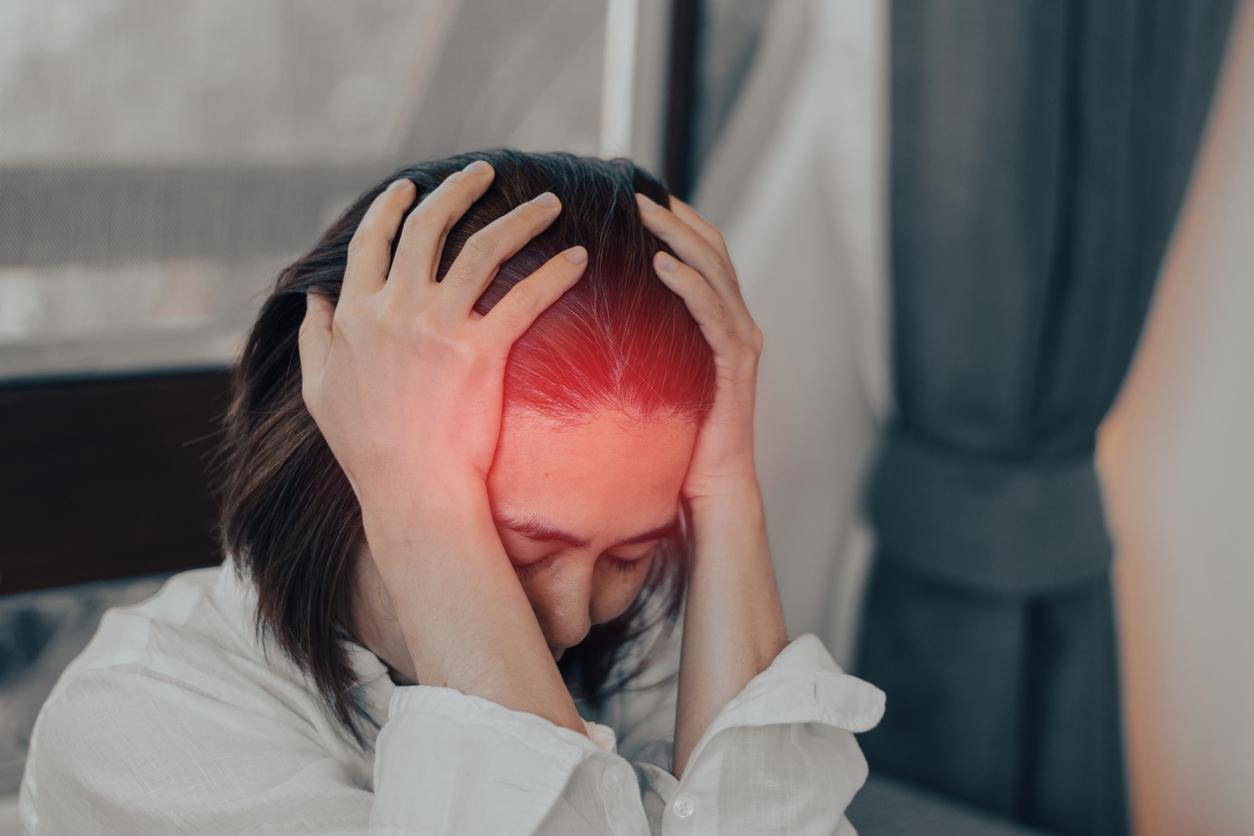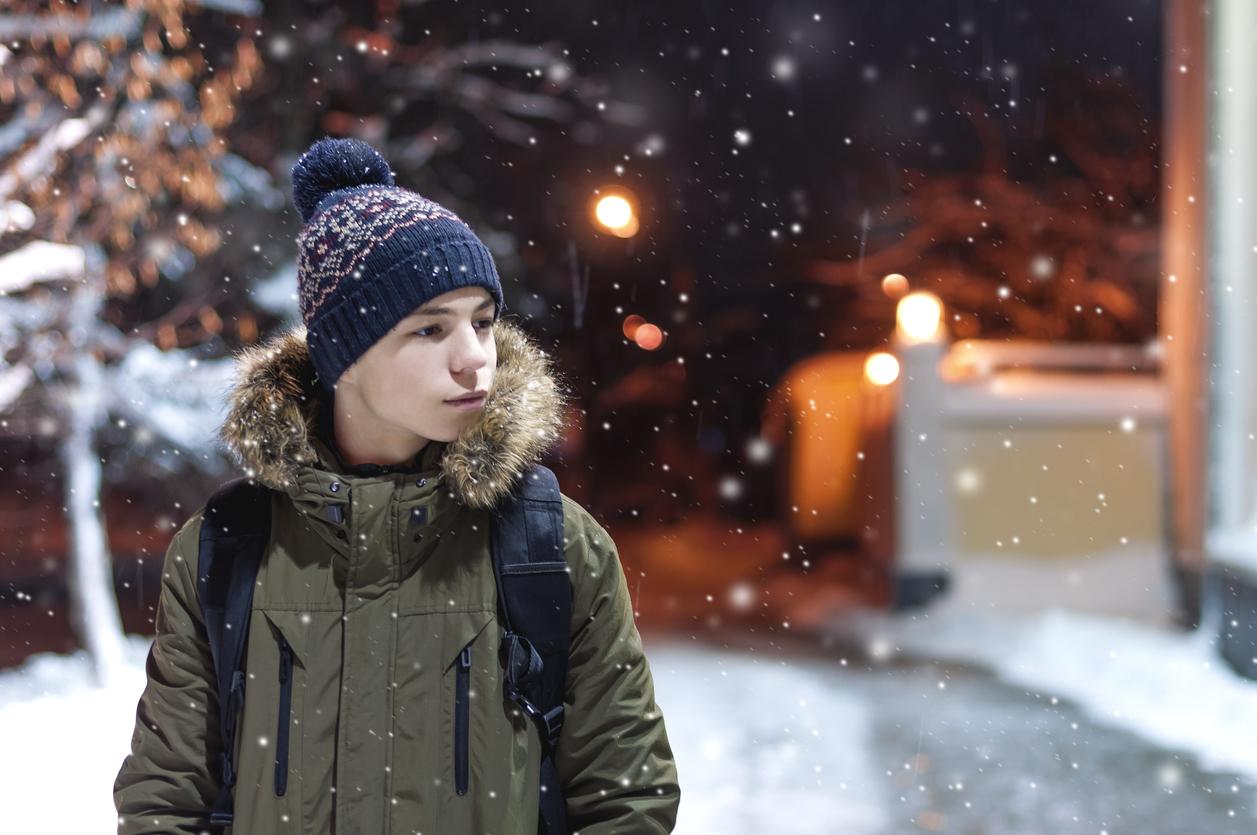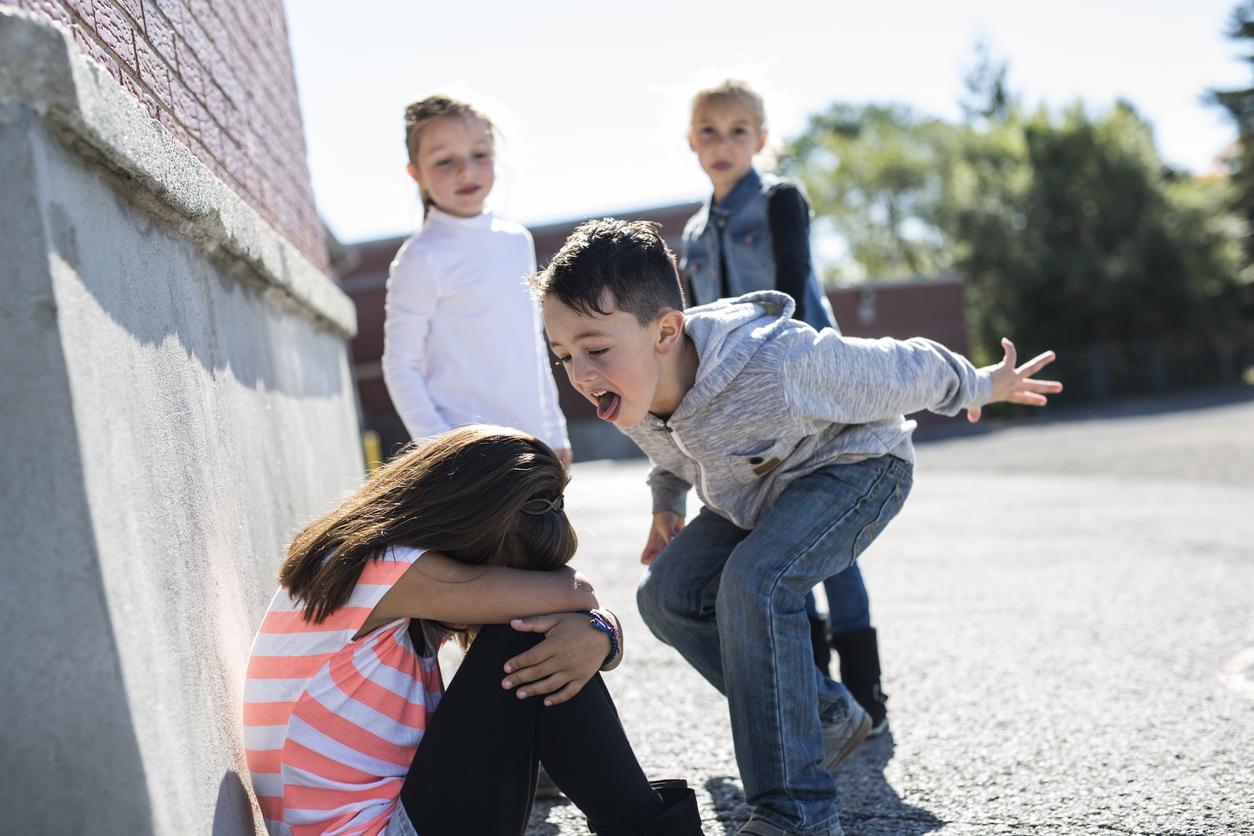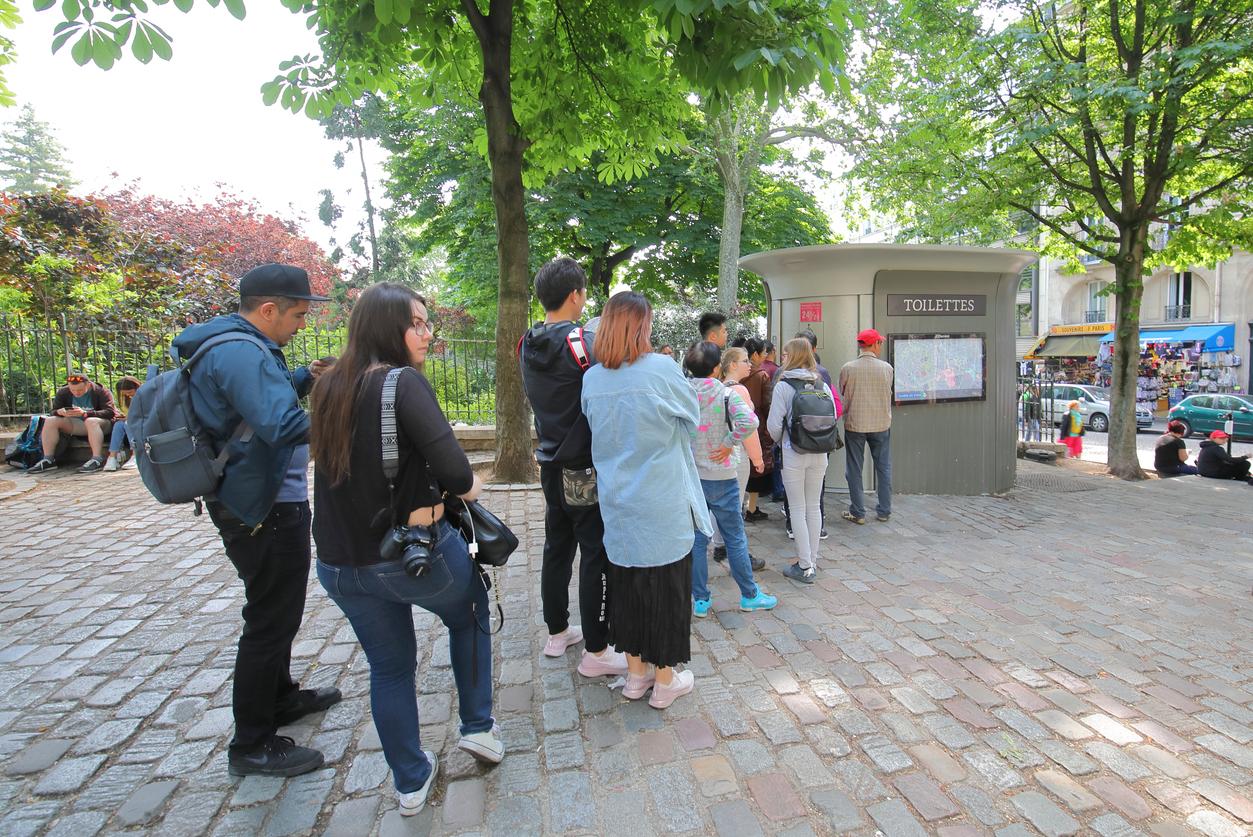Young adults who are socially uncomfortable are more likely to drink alcohol regularly, but their consumption declines as they get older and feel more confident.
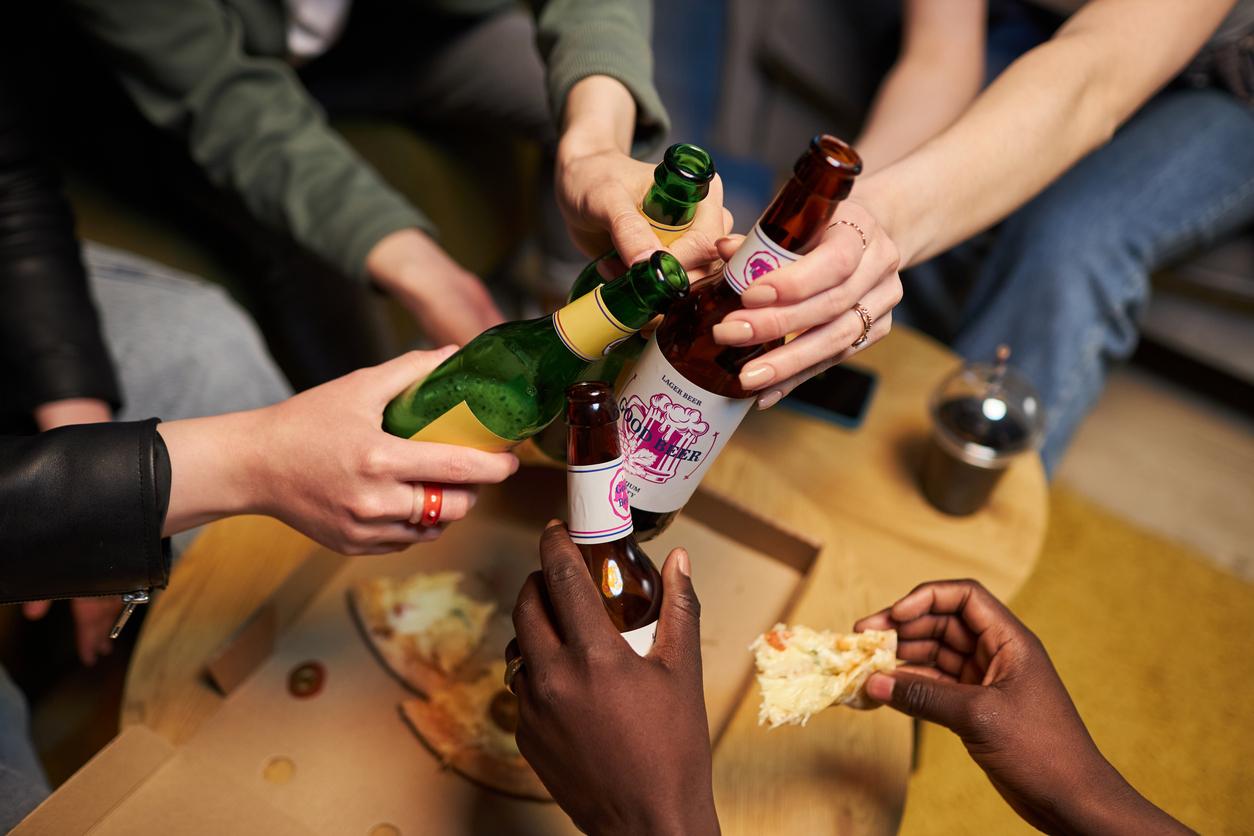
- Adolescents who feel awkward in society have higher rates of binge drinking.
- However, these become weaker as young people age and become aware of their own identity, freedom and desires over others.
- At this time, researchers don’t know if people are drinking more to cope with their discomfort or if their discomfort is caused by excessive alcohol consumption.
For a long time, many researchers have attempted to identify objective markers of susceptibility to problematic alcohol consumption linked to the environments in which people drink. “However, little is known about the cognitive and behavioral cues related to the social contexts in which these beverages are typically consumed. indicated researchers from the University of Illinois at Urbana-Champaign (United States). That’s why they decided to do a study to examine the role of social attention in predicting patterns of problematic alcohol use over time.
Eye tracking to see if social attention can predict alcohol problems
In order to carry out the work, published in the journal Alcohol, Clinical and Experimental Researchthe team recruited 246 young people, aged 20 on average, who regularly consume alcoholic beverages. First, they had to complete questionnaires designed to assess their drinking behavior. Then, the participants were randomly divided into two groups. The first was asked to drink a cocktail containing soda and 100 proof vodka, which was designed to bring them to a blood alcohol level of 0.08%, i.e. the level that a person gets it when they drink excessively. The rest of the volunteers drank a so-called “control” beverage. Finally, they had to engage in a four-minute conversation with a friend via video call, followed by another conversation of the same length with a stranger. During the intervention, the authors tracked participants’ eye movements to see how much time they spent looking at themselves during the conversation versus looking at the other person.
The more a person looked at themselves, the more they tended to consume alcohol excessively
According to the data, young adults who are more self-conscious or socially awkward, who “may be more sensitive to social norms and expectations”seem to drink more often. This was visible during the video call. Indeed, “the more focused a person was on themselves during video calls, the more likely they were to have binge drinking days,” said the scientists. In detail, for every 1% increase in time spent looking at each other during the video conversation, they observed a 1.3% increase in the number of days of excessive alcohol consumption. In contrast, for every 1% decrease in time spent looking at the other person, there was a 1.1% reduction in the number of binge drinking days.
Self-awareness appears to have a protective function later in young life
Follow-up questionnaires revealed that as these people aged, time spent looking at themselves was found to be associated with a significant decrease in their binge drinking days. Volunteers with more self-aware eye movements, or awareness of their own identity, freedom and desires about others, experienced a more than 50% reduction in the number of days of binge drinking of alcohol each year, compared to an average reduction of less than 40% for all study participants.
For the moment, the team is not able to say in which direction the association worked: if people drank more to cope with their discomfort, or if their discomfort was caused by excessive alcohol consumption, which can contribute to problems like depression and anxiety.



